According to Prof. David Reich from Harvard University, "the genetic research indicates that it is a homogeneous population that differs from the populations that preceded it in the region: the totalitarian Paki'in population is a mixture of a local population with a population that came from northern Mesopotamia (today's Turkey and Iran)." The mixing between the populations resulted in the penetration of genes that were not present in the local populations, such as the genes for blue eyes and light skin color
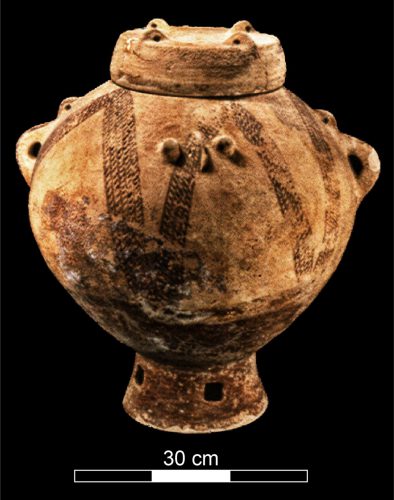
Reich from Harvard University, "The genetic research indicates that it is a homogeneous population that is different from the populations that preceded it in the region: the totalitarian Paki'in population is a mixture of a local population with a population that came from northern Mesopotamia (today's Turkey and Iran)." The mixing between the populations resulted in the penetration of genes that were not present in the local populations, such as the genes for blue eyes and light skin color
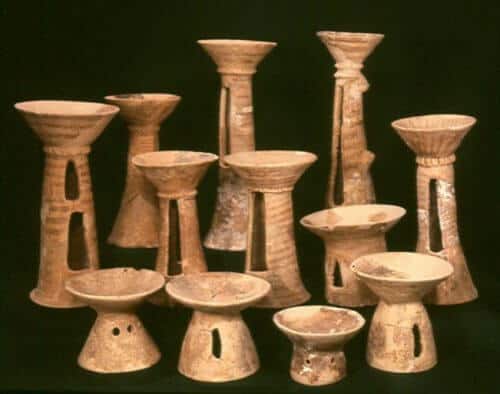
Researchers from Tel Aviv University, led by Dr. Hila May and Prof. Israel Hershkovitz from the Department of Anatomy and Anthropology, and the Dan David Center for the Study of Human History, in the Faculty of Medicine, performed a DNA test on the bones of 22 people, who were buried about 6500 years ago in a burial cave in Paki'in in the Galilee. The researchers were able to determine that the population, which was revealed with the discovery of the cave in 1995, is a mixture of a local population with a population that migrated here from the north, from the regions of present-day Iran and Turkey. The research was carried out in collaboration with Dr. Dina Shalem from the Kinneret Institute for Galilean Archeology and the Antiquities Authority as well as with Oudin Harney and Prof. David Reich from Harvard University in the USA. The article will be published tomorrow, Monday 20.8.18 in the prestigious journal Nature Communications
"The unique burial cave is a natural stalactite cave, which was discovered in 1995 during the widening of a road in Paki'in in the Upper Galilee," said Dr. Dina Shalem from the Kinneret Institute for Galilean Archeology and the Antiquities Authority. "The remains of over 600 people from the Chalcolithic period - about 6500 years before our time - were uncovered in the cave. The bones were buried in a secondary burial inside jars and earthen burial containers (glosskamas) with unique decorations: on the front of the glosskamas a human face is sculpted, including ears, eyes, beard, and sometimes also hands and breasts. Along with the burial vessels, other tools and items were found, some of which are typical of that period in our region, and some of which testify to a cultural connection to distant regions." Since the discovery, for over 20 years, researchers have wondered whether the population that buried their dead in the cave migrated to the area from another place and brought with them new cultural elements, or whether it was a local population that adopted ideas from neighboring cultures through trade ties.
"From the beginning it was clear that only genetic research could give an answer to this question, but the chances of that seemed slim," explained Dr. Hila May from Tel Aviv University. "In order to create the genetic profile of individuals who lived thousands of years ago, genetic material preserved in the bones must be extracted. Most of the genetic tests done on prehistoric populations from the Land of Israel failed or provided little information. This is because the climate conditions in Israel cause the genetic material to be destroyed over time." Fortunately for the researchers, human DNA sequences (the genetic material) were preserved, albeit partially, in the bones of 22 individuals in the cave - a large number from a single site in terms of genetic research of prehistoric populations. Prof. Israel Hershkovitz from Tel Aviv University added that "the genetic material was preserved, apparently, due to "the special climatic conditions that prevailed in the cave and the calcareous coating on the bones, which was created due to the water dripping through the ceiling of the cave, isolating them from the environment."
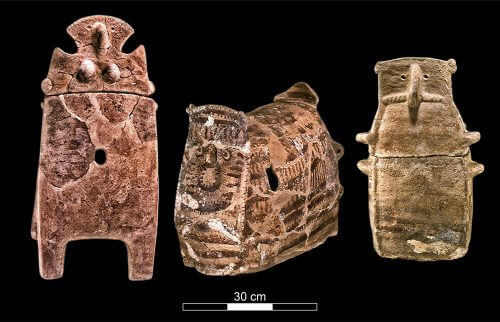
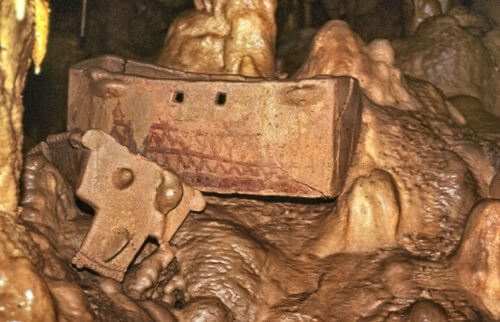
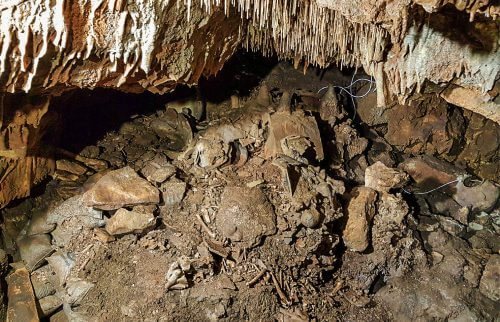
According to Prof. Reich from Harvard University, "the genetic research indicates that it is a homogeneous population that is different from the populations that preceded it in the region: the totalitarian Paki'in population is a mixture of a local population with a population that came from northern Mesopotamia (today's Turkey and Iran)." The mixing between the populations resulted in the penetration of genes that were not present in the local populations, such as the genes for blue eyes and light skin color.
Dr. Hila May further stated that "no genetic continuity was found between the Chalcolithic Paki'in population and later populations". This indicates another demographic change in the region that led to the disappearance of the collective culture."
More on science:
